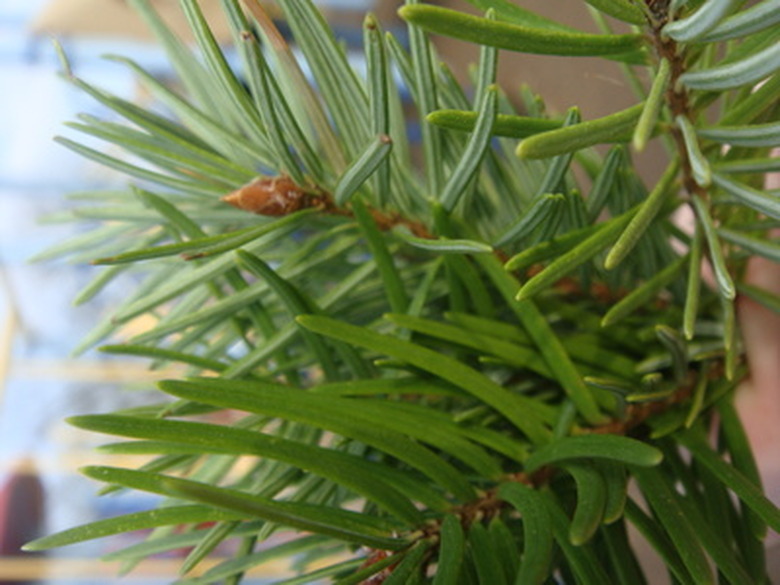The Best Time To Transplant Evergreens
Transplanting established evergreen trees and shrubs is risky, at best. Typically, plants removed from landscapes or native areas retain only 25 percent of their root structure. The shock of transplant is often too much for plants to recover from, according to North Dakota State University Extension.
Considerations
Before transplanting an evergreen, consider the likelihood of transplant success. The older (and larger) the plant is, the more shock it endures when transplanted. Starting with a young nursery plant is often more successful, ensuring a healthy, fast-growing plant, according to North Dakota State University.
Transplant Time
The best time to transplant evergreens is in the spring, after the ground has thawed but before new growth appears. Late summer to early fall is also acceptable, providing the evergreen has time to establish roots and take up water before the ground freezes. Late spring and early summer, when rapid new growth is emerging, are the least successful times for transplanting.
Transplant Care
After transplanting, water evergreens regularly to help them recover from transplant shock. A 2- to 4-inch layer of mulch applied at the base of the tree minimizes weed growth and moisture loss, according to University of Wisconsin Extension. Protection from high winds and good soil moisture also help the evergreen recover.
